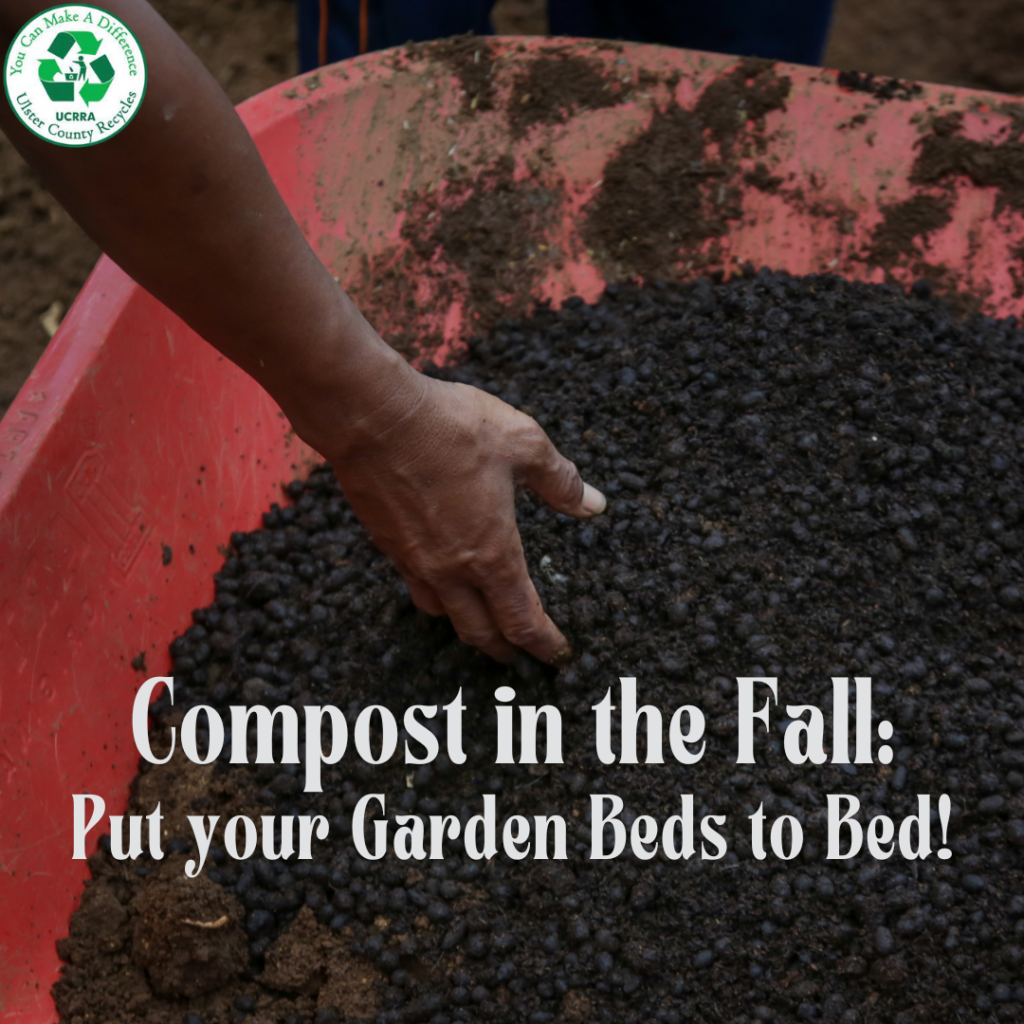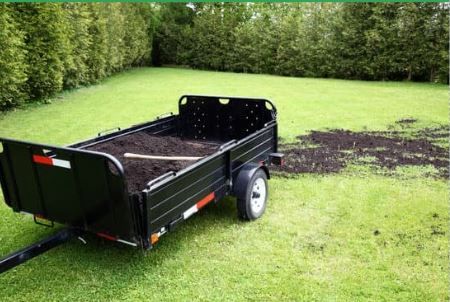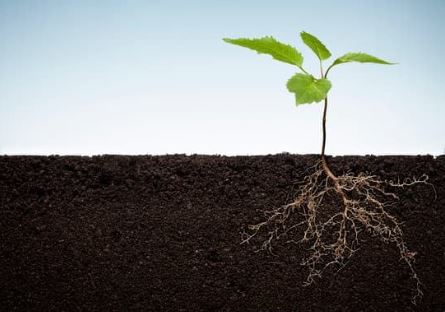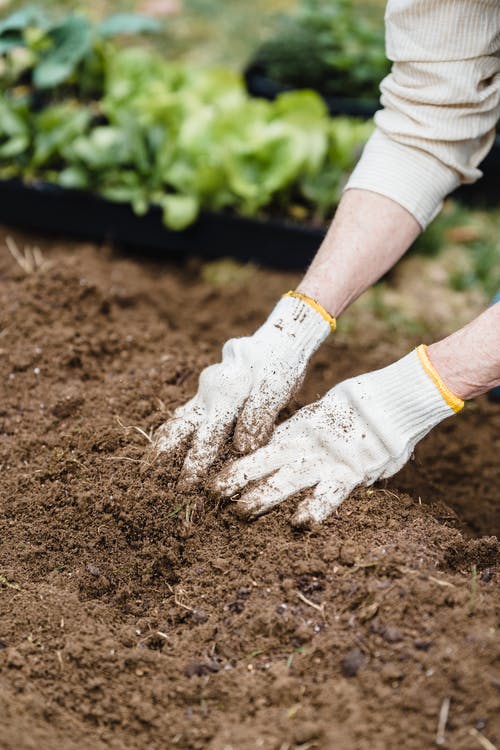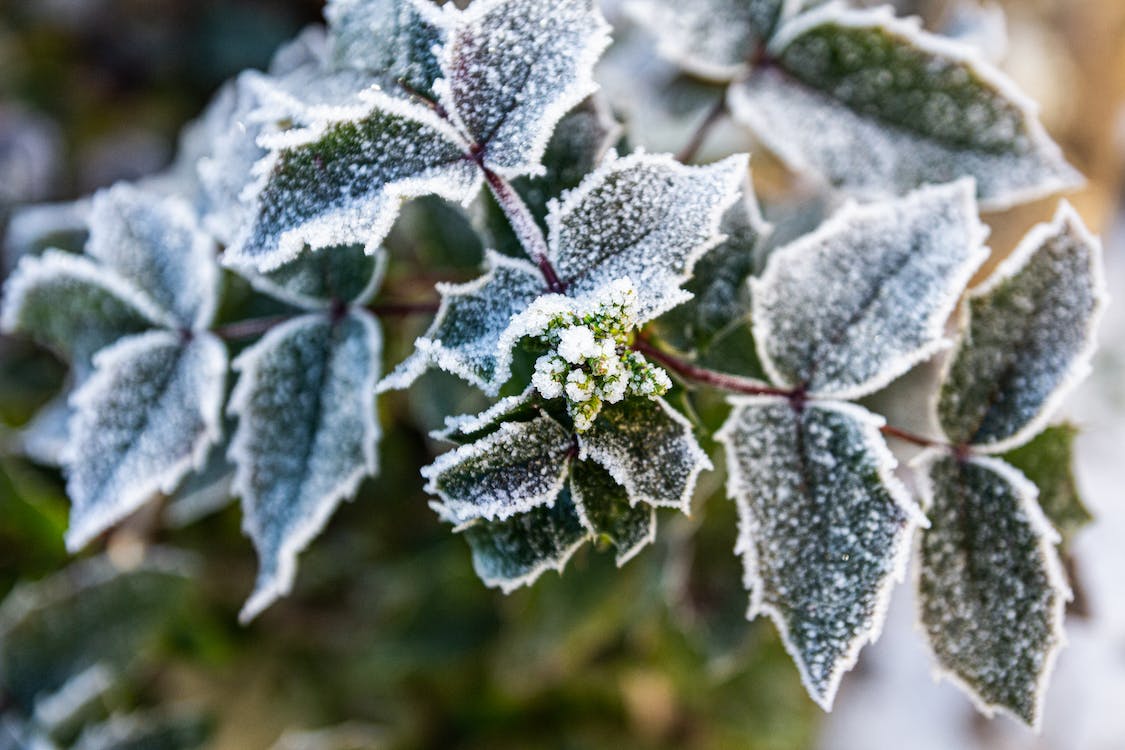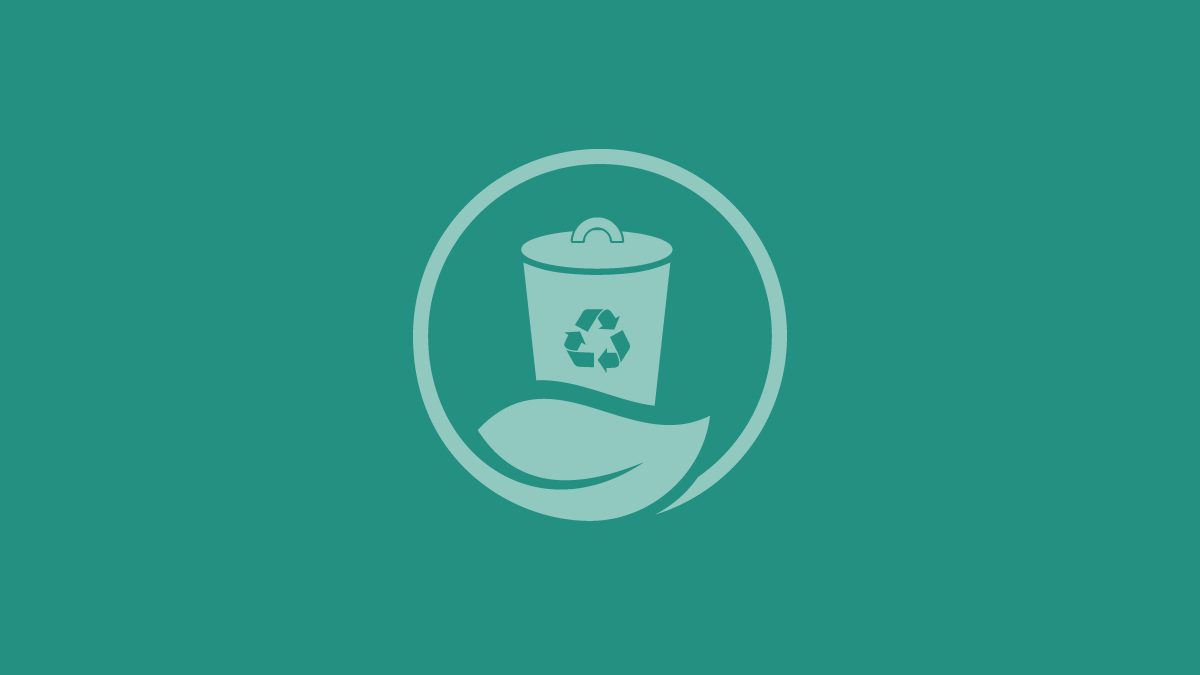Blog by Angelina Brandt, UCRRA Director of Sustainability
September 5th 2023
Did you know that Fall is the best time of the year to land-apply compost? For most hobby gardeners, it often feels more practical to apply compost when amending garden beds in the Spring. However, some of the leading experts in soil science tell us that the benefits of using compost are far greater if applied several months before the next growing season. This blog explores the benefits of using compost, and why Fall is the best time to amend the soil with compost. Know someone who might enjoy this blog? Please pass it along!
Using compost as a top dressing or mulch
Using compost in the Fall, especially as a top dressing or mulch layer, helps slow the leaching of nutrients during winter months. The more time that compost can mature or age, the better it will be! Applying compost in the Fall provides extra time for the compost to transition into more stable humus as soil microbes continue to work on the compost, which leads to better soil structure and higher nutrient levels come spring. As rain or snow falls onto the garden beds, nutrients from this new top layer will disperse and work their way down into the soil, to the plant root zone, ensuring that nutrients do not get washed away with all the heavy winter weather. Then, nutrients that leached deeper into the soil can be more readily accessible for the plants in the Spring. When compost is added in the fall months, it’s like fuel for the soil food web!
Since “April showers bring May flowers” garden soil tends to be muddy and dense, and can be overly saturated in the Spring, making it much harder to till and work if the soil is compacted. In the cooler climate of September and October, the soil texture and moisture levels are much more favorable for working and amending. Getting a head start in the Fall also makes the Spring planting process a little bit easier and more efficient! Putting compost on empty beds in the Fall will also keep weeds from emerging!
How to: Remove any weeds or grass that may grow through the compost mulch. Then, apply a course compost mulch (1-2”) over the garden bed to conserve moisture, for weed suppression, and/or for aesthetic purposes. A rate of 1-2 tons compost per acre is common practice. For more focused application, place some compost around the base of each plant extending as far as its outermost leaves.
Green up your lawn with some compost!
There are many benefits to using compost to grow a more lush and vibrant lawn, and who doesn’t take pride in having a beautifully green front or back yard to enjoy? Compost can help improve turf grass quality over time by increasing the coverage and growth of grasses versus weeds. Compost improves the physical structure of soil (reduces bulk density, increases aggregate stability, and increases water infiltration), which in turn, promotes better root development, even in various types of grasses. Stronger roots improve the turf’s resistance to stress which can reduce patchiness over time. And chemically, compost can bring the soil pH closer to neutral, allowing better availability of manganese (which aids in the suppression of leaf and root diseases) and iron (which plays a role in spring green-up) (Cornell Waste Management Institute).
How to: Compost should be uniformly dispersed over the entire area. An existing lawn top dressed with a 1/2″ layer every other year is a good maintenance practice on both cool and warm season lawns. Drag a rake across the soil surface to help thin out and evenly apply the compost. The soil surface should be free of any large clods, roots, stones, and other material that will interfere with the maintenance. A finely screened compost (1/4″ – 3/8″) works best.
Soil Science: compost can buffer soil pH
Compost has the unique ability to buffer soil pH in soils that are either acidic or alkaline. Soil pH can influence whether or not nutrients present in the soil can actually be taken up by plant roots. This process is called the soil’s cation exchange capacity (CEC) and compost boosts CEC! The pH of soil and compost naturally become more acidic over time, which is another great reason to amend the garden soil every few years, and especially in the Fall!
To understand how this works, it’s important to understand some basic chemistry and what pH actually is. pH stands for “potential hydrogen” and is a way of measuring the concentration of Hydrogen ions present in a substance. The pH scale runs from 1 (highly acidic) to 14 (highly alkaline). The pH of finished compost should be near neutral, though values between 6 and 8 are common (UMASS Extension). According to Oregon State University Extension Service, most plant-based composts are moderately acidic to moderately alkaline (pH 6.0-7.5) though many plants may prefer lower or higher pH.
A soil that is said to be acidic has an overabundance of positively-charged hydrogen ions. When compost is added, its negatively charged particles attract and hold, or bind, the free, positively-charged hydrogen ions. When enough hydrogen ions are bonded to these attachment sites and are taken out of solution, the pH level of the soil will rise, increasing towards a more neutral substance.
Adversely, in alkaline soil, compost’s complex, hydrogen-rich molecules provide a source for hydrogen ions to be released. Many get stripped away, leaving their electrons behind. When enough ions are released into the soil solution, the pH falls or becomes more acidic. The negatively charged sites on the compost particle (the sites that used to hold the hydrogen atoms) are now available to bind with positively charged ions, like soil nutrients. In this way, compost is like a magnet and can reserve nutrients for future use; compost is your garden’s nutrient insurance policy!
All composts are not created equal!
Not all compost purchased in garden centers is the same! The U.S. Composting Council created a Seal of Testing Assurance program, designed to give the public the information they need to compare compost products and get the maximum benefit from the use of compost, as determined by a “consensus of many of the leading compost research scientists in the United States” (USCC, 2019). The STA program is a compost testing, labeling, and information disclosure program and provides independent monitoring of compost quality. STA certified compost comes with test results, so you know exactly what you’re feeding your soil and plants; disclosing ingredients, nutrients, organic matter content, maturity, and other important parameters (USCC, 2019).
UCRRA is a proud member of the U.S. Composting Council, and our Grow Ulster Green compost is an STA certified product. The Agency manufactures compost from municipal wood chips and source separated organics (food scraps) sourced from our commercial composting program. The Agency uses an industrial-scale composting method known as EASP; high temperatures during the active composting phase ensures that the finished compost is virtually free of any weed seeds. Our compost is made locally and sustainably at our Organics Recovery Facility in Kingston. Our compost is screened to 1/8 inch and is unblended (it does not contain any other additives or soil amendments).
How to Purchase:
No appointment is necessary to purchase compost. Bulk compost is sold daily, first come first served as it is available throughout most of the year. Bagged compost must be pre-ordered online and can be picked up on Saturdays only. Our staff can load your vehicle for you!
BULK SALES: $30.00 per ton, $20.00 minimum load fee
BAGGED SALES: $5.00 per 1 cubic foot bag
View our Compost for Sale FLYER 2023 for more information
Please note: bagged compost is the same exact product that is sold in bulk.
STA Program Disclosure Statement:
The Agency’s finished compost has been sampled and tested as required by the Seal of Testing Assurance Certified Compost Program of the US Composting Council. Our Compost Test Results are available here or by contacting us at 845-336-0600. The US Composting Council makes no warranties regarding this product or it contents, quality, and suitability for any particular use.
Additional Resources
Compost Use Poster Series General Use
Compost Use Poster Series General Highway Use
Compost Use Poster Series Agricultural applications
Compost Use Poster Series Urban Environments
Compost Use Poster Series Slope Stabilization
Compost Use Poster Series Roadsides street trees medians
Compost Use Poster Series Reclamation
Compost Research Education Foundation Factsheets Series (ALL 10)
Cornell Soil Organic Matter Fact Sheet
Making your own compost at home? Be sure to check out our Winter Composting Tips to learn all our tricks to keep your compost pile cooking all year round!
UCRRA: 2021 Small Scale Compost Manufacturer of the Year by the US Composting Council.
Blog by Angelina Brandt, UCRRA Director of Sustainability
September 4th 2023

